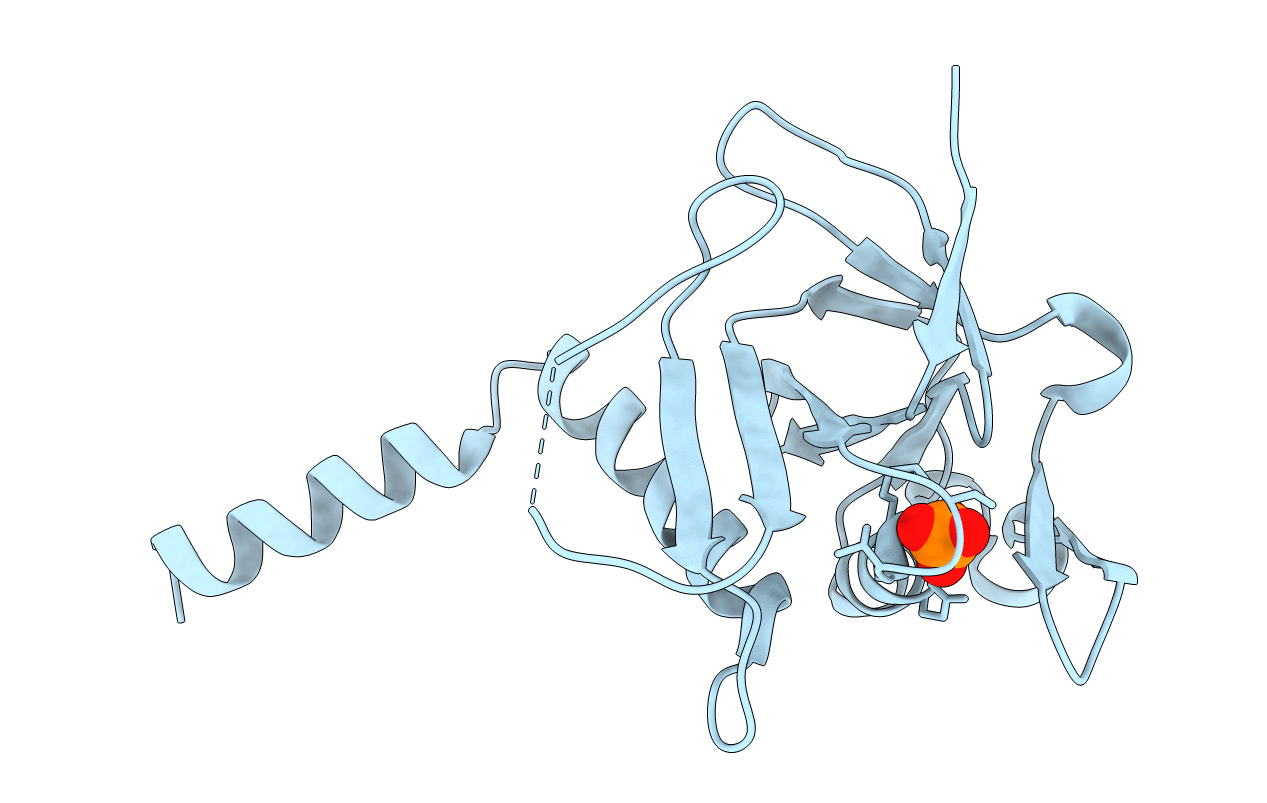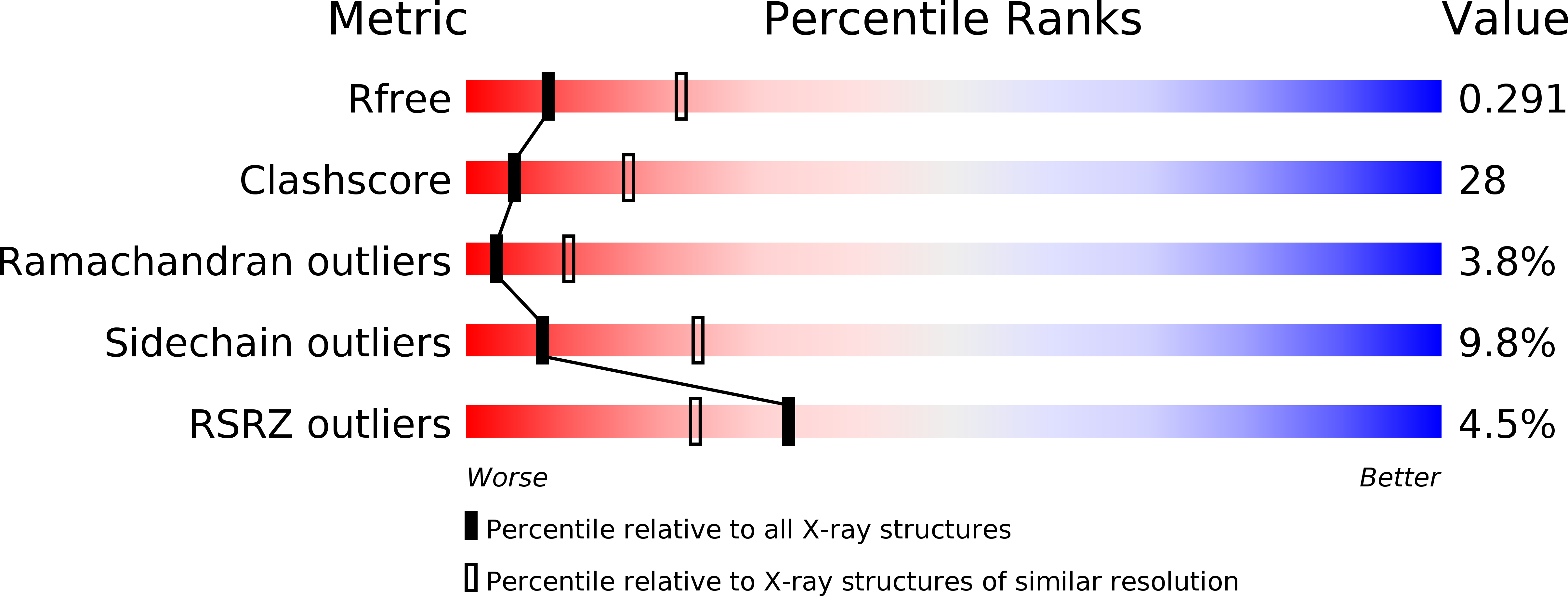
Deposition Date
2001-06-01
Release Date
2001-08-08
Last Version Date
2024-11-06
Entry Detail
Biological Source:
Source Organism:
Lactobacillus casei (Taxon ID: 1582)
Host Organism:
Method Details:
Experimental Method:
Resolution:
2.80 Å
R-Value Free:
0.28
R-Value Work:
0.23
Space Group:
P 63 2 2


